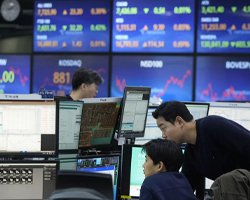Dow Jones Rebounds to New Heights as Economic Data Fuels Investor Optimism | Daily Market Analysis
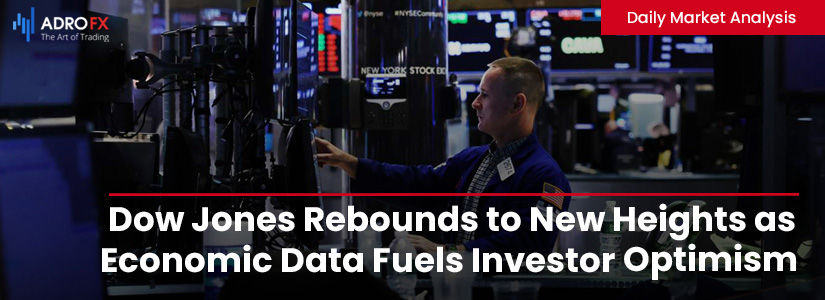
Key events:
- Switzerland - Employment Level (Q3)
- Eurozone - ECB's Lane Speaks
The Dow Jones Industrial Average has rebounded from a recent lull, continuing its upward momentum into a strong finish for the week. Overall, the DJIA is poised to conclude the week with an approximate gain of 1.8% since Monday's opening, though it remains slightly below last week's peak of around 44,485.
At the NYSE close, the Dow Jones increased by 0.97%, reaching a new all-time high. Meanwhile, the S&P 500 climbed 0.35%, and the NASDAQ Composite saw a modest rise of 0.15%.

A positive reading from the US Purchasing Managers Index (PMI) contributed to improved investor confidence on Friday. The Manufacturing PMI for November came in at 48.8, exceeding the October figure of 48.5. The Services PMI significantly outperformed expectations, registering at 57.0, while analysts had anticipated a more modest increase to 55.3 from October's 55.0.
In contrast, consumer sentiment surveys raised some concerns, as the University of Michigan’s Consumer Sentiment Index dropped to 71.8 in November from 73.0 in October, falling short of the forecasted increase to 73.7. Additionally, the 5-year Consumer Inflation Expectations from UoM increased to 3.2%, up from the anticipated level of 3.1%.
After reaching a four-month peak at 0.8957, USD/CHF experienced a downward correction, settling around 0.8910 during early Monday trading. This decline aligns with mounting pressure on the US Dollar, driven by positive sentiment in the bond market. This optimism stems from the recent appointment of seasoned Wall Street figure and fiscal conservative Scott Bessent as Treasury Secretary under President-elect Donald Trump.

The Swiss Franc is facing challenges amid a sharp decline in inflation, which has dropped to 0.6% - the lowest level since June 2021. This trend has fueled market speculation about potential interest rate cuts by the Swiss National Bank later in the year and into 2025. SNB Chairman Martin Schlegel has reiterated the institution’s commitment to maintaining inflation within a 0-2% range to ensure stable economic performance.
Meanwhile, the US Dollar Index, which tracks the greenback against six major currencies, has eased to around 107.00 after reaching a two-year high of 108.07 last Friday.

Elsewhere, the Australian Dollar gained ground as the US Dollar showed signs of weakening. Contributing to the AUD’s strength were increased foreign inflows, spurred by record highs in the Australian share market, with the S&P/ASX 200 Index climbing 0.63% to surpass 8,450, following Wall Street’s upbeat momentum. Further support for the AUD came from the Reserve Bank of Australia’s hawkish stance on monetary policy. Traders are now turning their attention to Australia’s October Consumer Price Index, a key metric that could shape the RBA’s next interest rate decisions. The central bank has signaled that interest rates will remain restrictive until inflation returns to a sustainable target, emphasizing a data-driven approach.
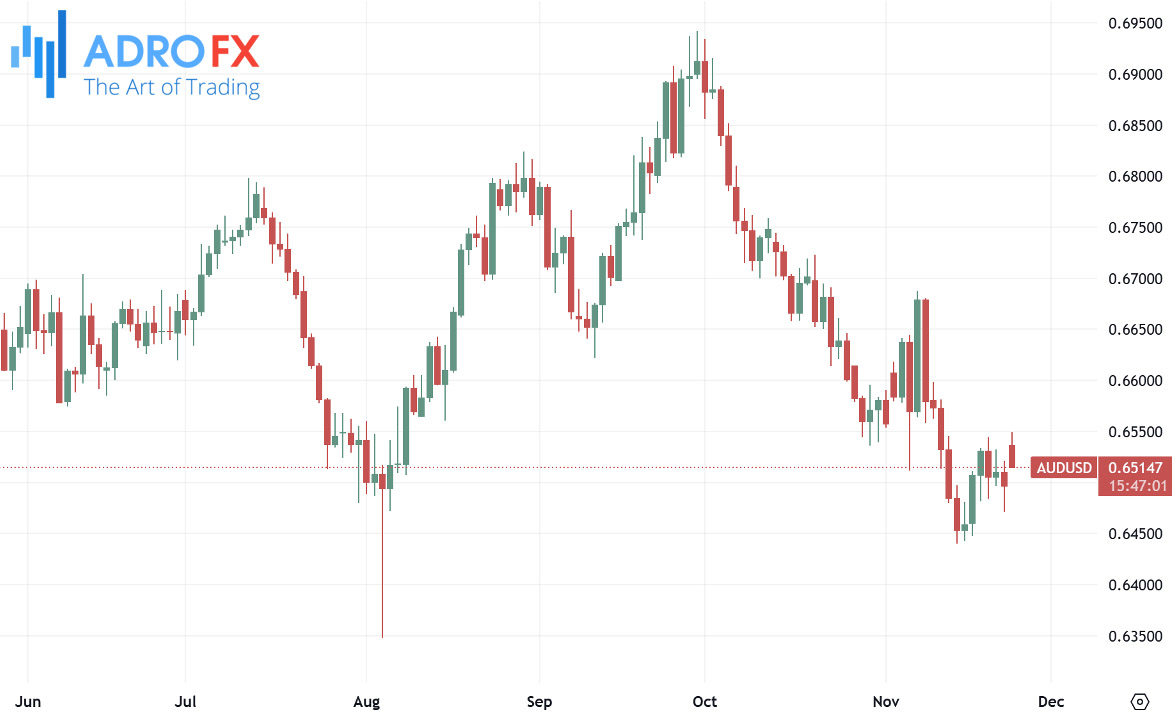
In Canada, the USD/CAD pair dipped to approximately 1.3945 during the Asian session on Monday. Canadian retail sales data for September showed a 0.4% month-over-month increase, aligning with expectations, while core retail sales outperformed forecasts by rising 0.9%. This robust data has reduced the likelihood of a 50 basis-point rate cut by the Bank of Canada, with markets now assigning only a 14% chance to such a move, down from 21% previously. Instead, there is an 86% probability of a smaller 25 basis-point cut during the December 11 meeting.
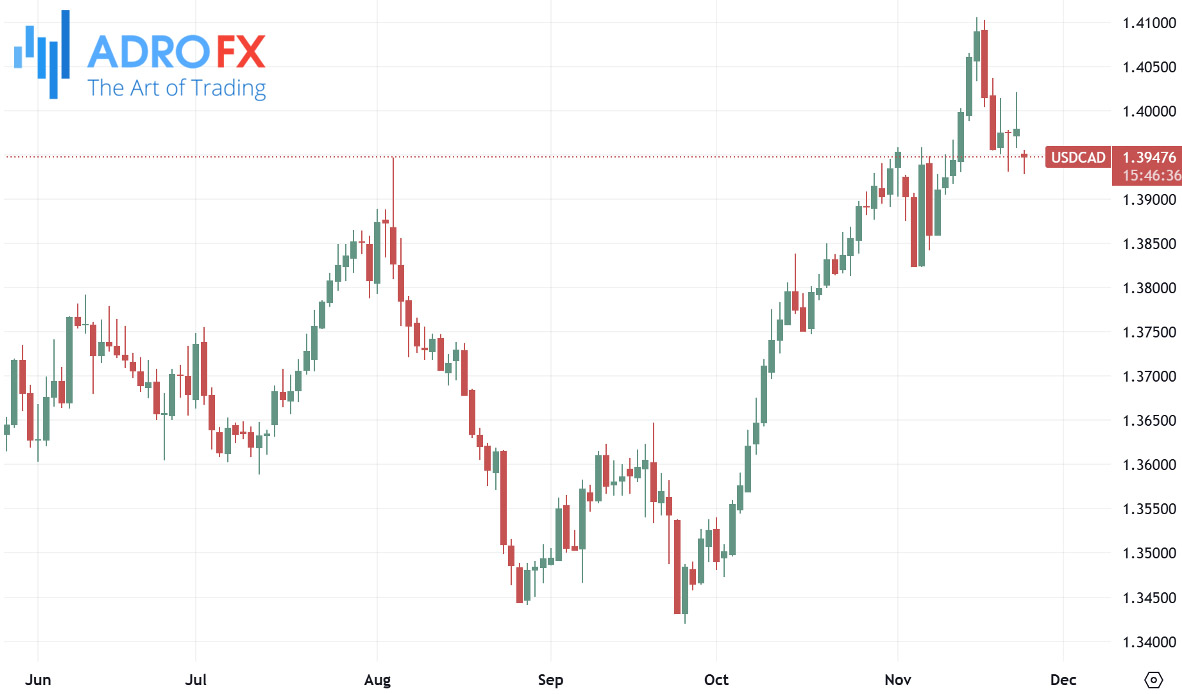
The Japanese Yen has retraced some of its earlier gains against the USD, with risk-on sentiment curbing demand for the safe-haven currency. Uncertainty over the Bank of Japan’s interest rate policies further contributed to the Yen’s subdued performance.
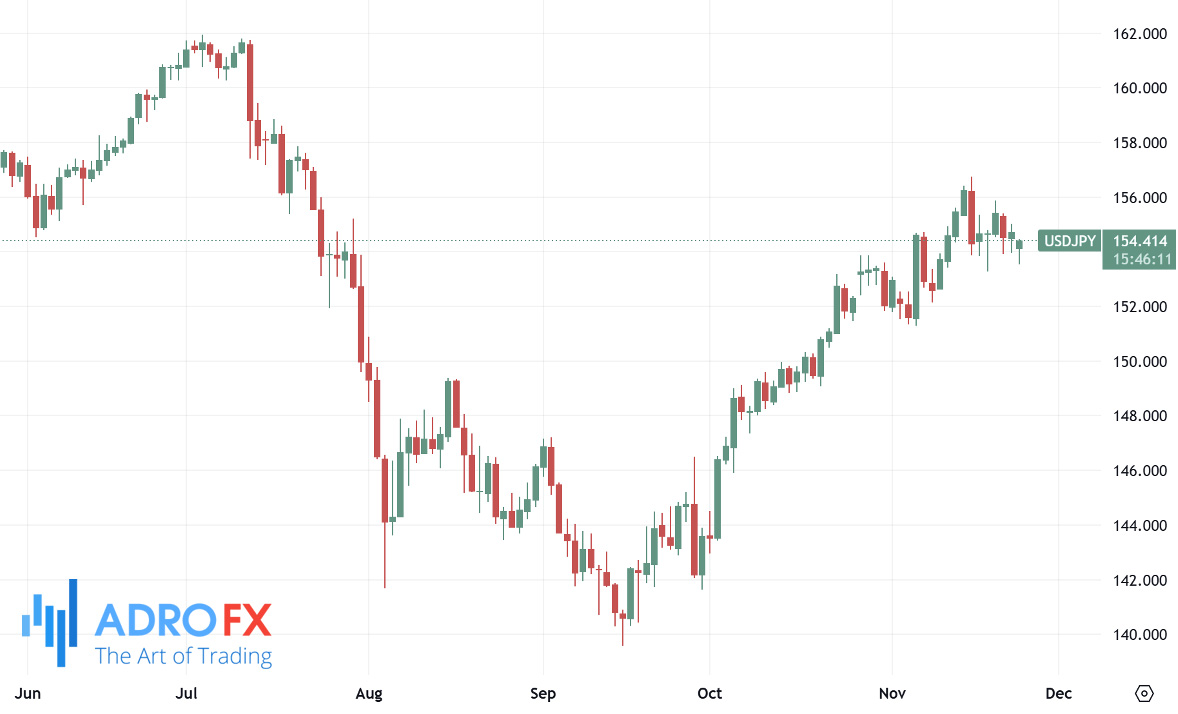
Amidst these developments, traders are adopting a cautious approach ahead of several significant US data releases scheduled later in the week. These include the November FOMC meeting minutes, the first revision of the US Q3 GDP, and the US Personal Consumption Expenditure (PCE) Price Index, all of which are expected to play a pivotal role in shaping market sentiment in the coming days.

